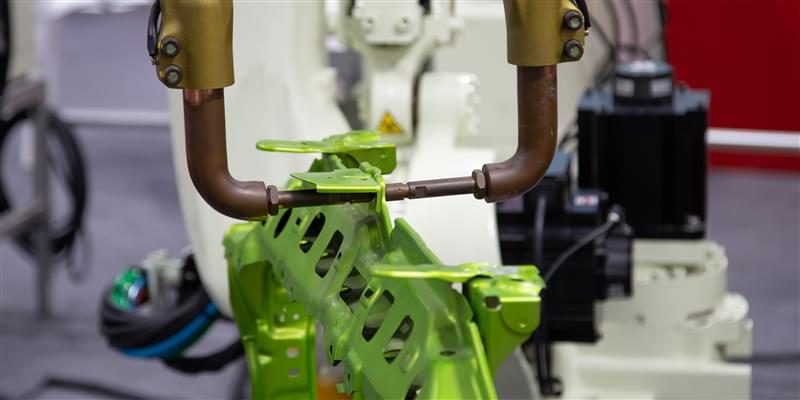Projection welding
Projection welding is a type of resistance welding that uses embossing (projections) to concentrate the current and welding force on a small area. This welding process carries various competitive advantages because it ensures quality results at low costs. Discover on this page how projection welding works, what it is used for, and Minifaber’s service.
Projection welding is developed via the resistance welding (RW) and is the process in which metals melt together thanks to the heat generated by the resistance of two surfaces to the passage of electrical current. Before, during and after the current flow, a mechanical force, i.e. a pressure, is also applied to the surfaces.
Projection welding is widely used to ensure the correct thermal balance in difficult spot welding applications: the projection, in fact, forms a defined current conduction point.
How Projection Welding Works
In projection welding, you can create a deep junction by the combined effect of thermal energy (developed by the current flowing through the electrodes) and mechanical energy (because the two electrodes are pressed together).
If the parameters of projection welding are set correctly, in fact:
- The thermal energy creates a zone of fluid material between the two pieces to be welded (welding lens)
- Mechanical energy presses them and holds them against each other
- The heat dissipation through the electrodes causes the cooling of the joint area and, consequently, the welding of the two metal pieces.
Advantages of projection welding
Projection welding is perfect in all those cases of difficult welding, because the flat surface of the embossing - instead of the tip of the electrode - adapts precisely to the profile of the part to be welded. It is ideal for series welding, because it allows you to obtain quality results at a low cost.
In addition, it is possible to perform a multi-projection welding, in which a pair or a group of electrodes is powered by a single source of electricity.
Other advantages of projection welding include:
- Superior heat balance compared to other kinds of resistance welding
- The chance to weld thick pieces of metal
What projection welding is used for
Due to its advantages, projection welding is most used in the electrical, automotive, and construction fields for:
- Fastening attachments such as weld nuts, brackets, spigots to sheet metal in all the cases where there is access from only one side
- Making attachments to solid forged or machined parts
Projection welding or spot welding?
Like spot welding, projection welding relies on heat generated by an electric current to join metal pieces together. However, the latter can carry more current than the former and, as such, welds thicker materials.
Projection welding with Minifaber
At Minifaber, we deal with cold sheet processing in every respect, including resistance and projection welding. We weld all the main types of metals - iron, steel, aluminum, copper; our projection welding service is aimed at both the production of semi-finished parts and at the production of finished and assembled products used in electromechanical, professional lighting, medical applications, home appliances etc.
